Fujifilm cameras: they’re not bad
Fujifilm cameras: they’re not bad. Frankly, there are better cameras available than Fujifilm’s. Better image quality, better auto focus, better high ISO performance. But cameras are just tools, and Fujifilm cameras are definitely among the most versatile and pleasurable tools available for photographers today.


I came to Fuji from using SLRs. Heavy, bulky, noisy. My second-hand X-Pro1 was certainly a bit of a revelation (and I still have it: now converted to infrared). The all mechanical dials encouraged me to take a much more active role in taking photos, and coupled with the electronic viewfinder, it all makes getting the shot right first time very easy indeed. I never have to “chimp” and check what I have taken – I already know.

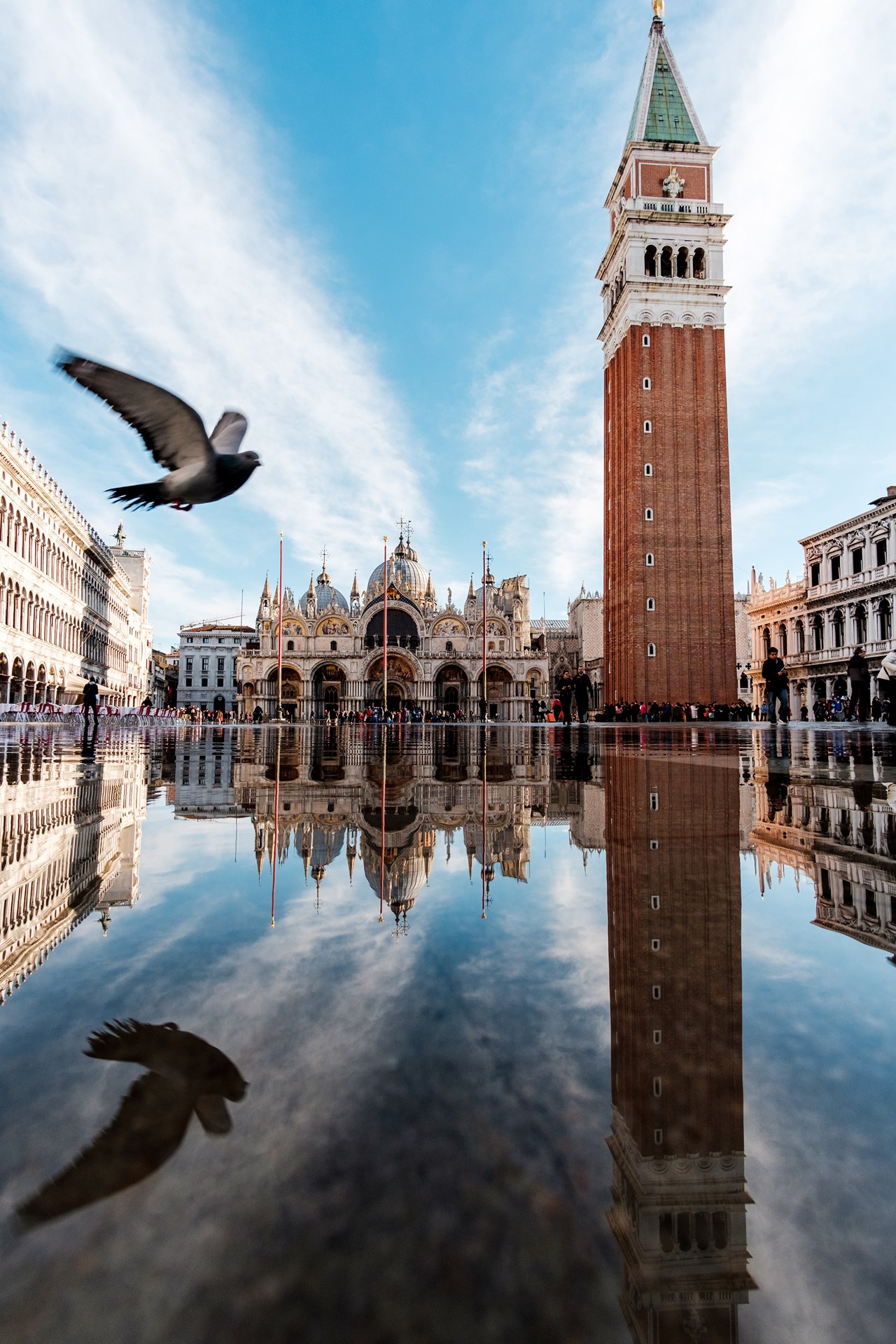
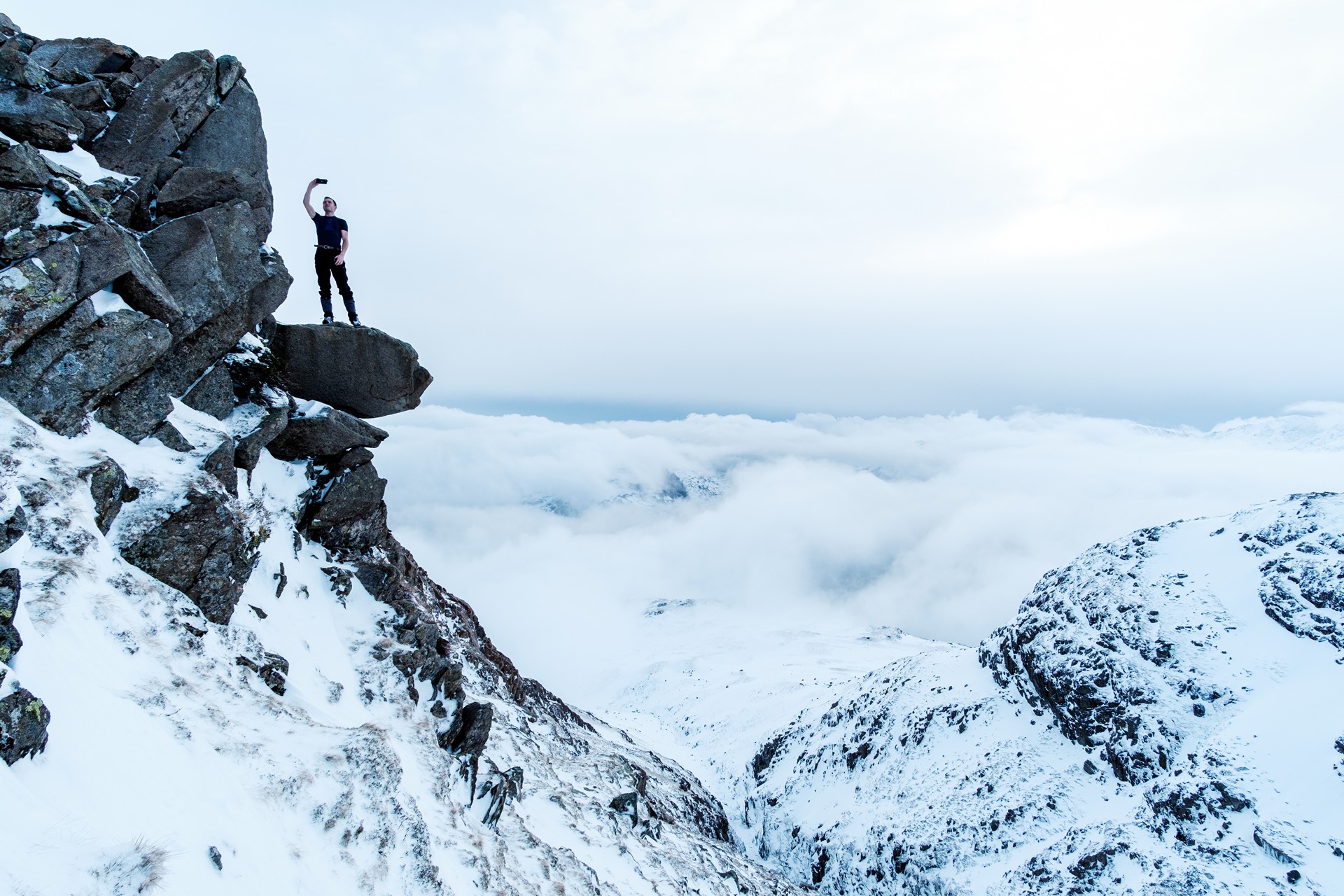
But the real reason I swapped to Fuji was the size and weight. The X-E2 I upgraded to with the 35mm f1.4 lens was incredibly small and light. That compact size is a benefit to photographers like me who don’t want to draw attention and make a fuss: everybody sees the guy swaggering in with two Canon 5Ds with wide and long zooms strung around his neck, but nobody sees me with my scruffy little Barbour bag, which usually holds three Fuji cameras plus assorted bits and pieces. Discreet photographers attract less attention, and therefore in my opinion, can take more interesting photographs.
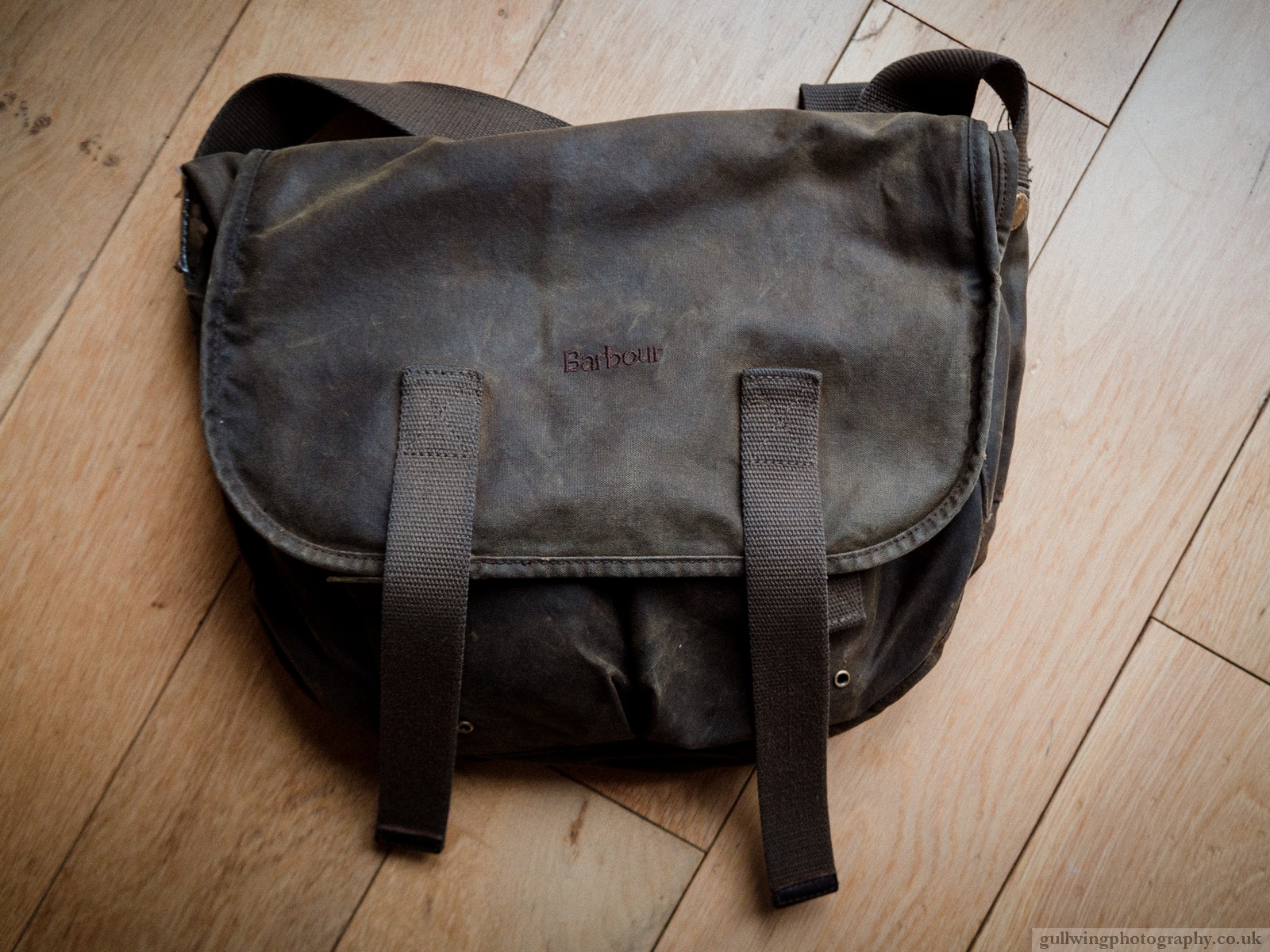
Speaking of stealth, the value of Fuji’s electronic shutter mode should not be ignored: I have a button assigned to switching between mechanical and electronic shutter. Even though Fuji’s mechanical shutter is already quiet compared to the slapping of an SLR’s mirror, being able to switch the camera to an entirely silent mode can be incredibly useful in many situations.
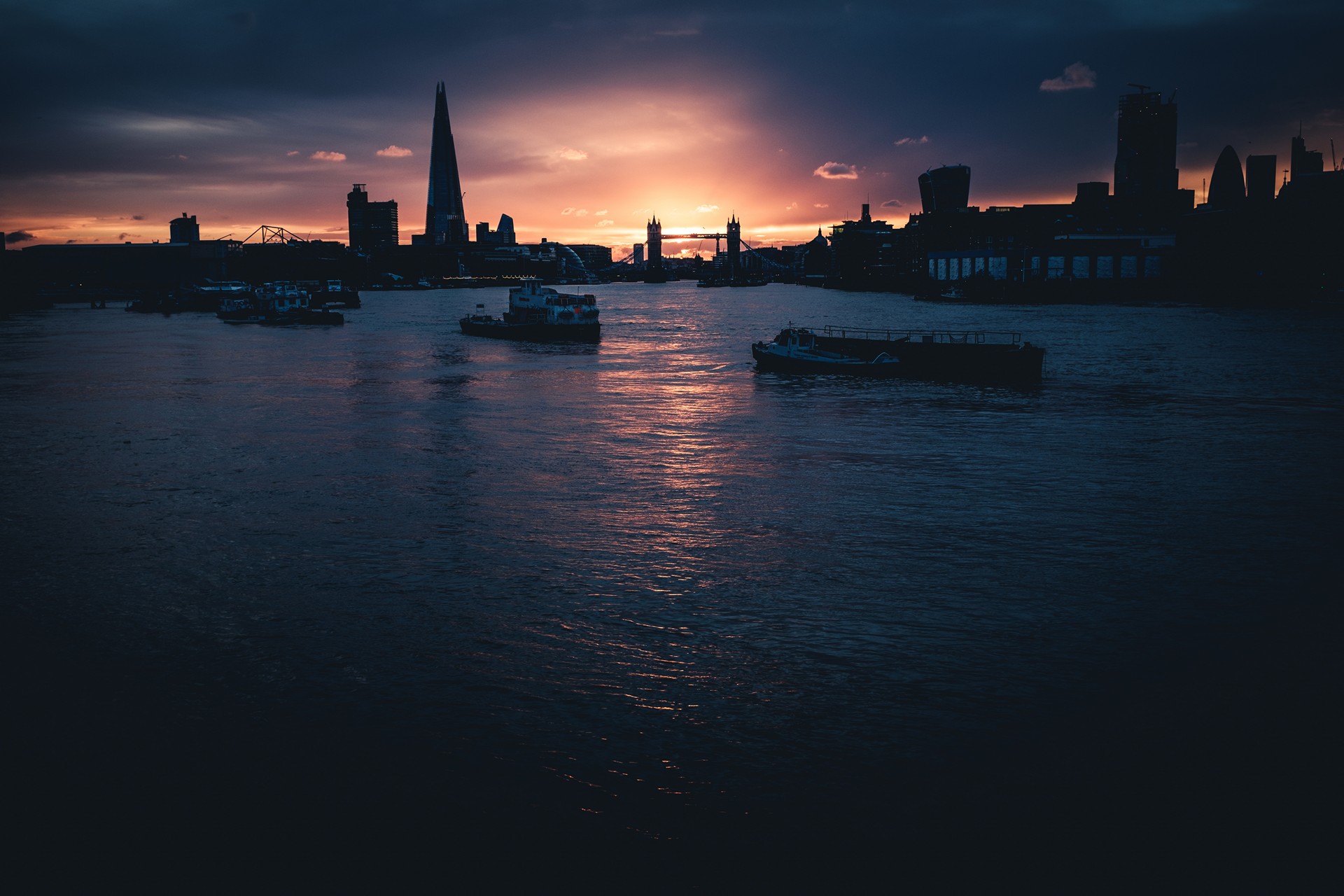

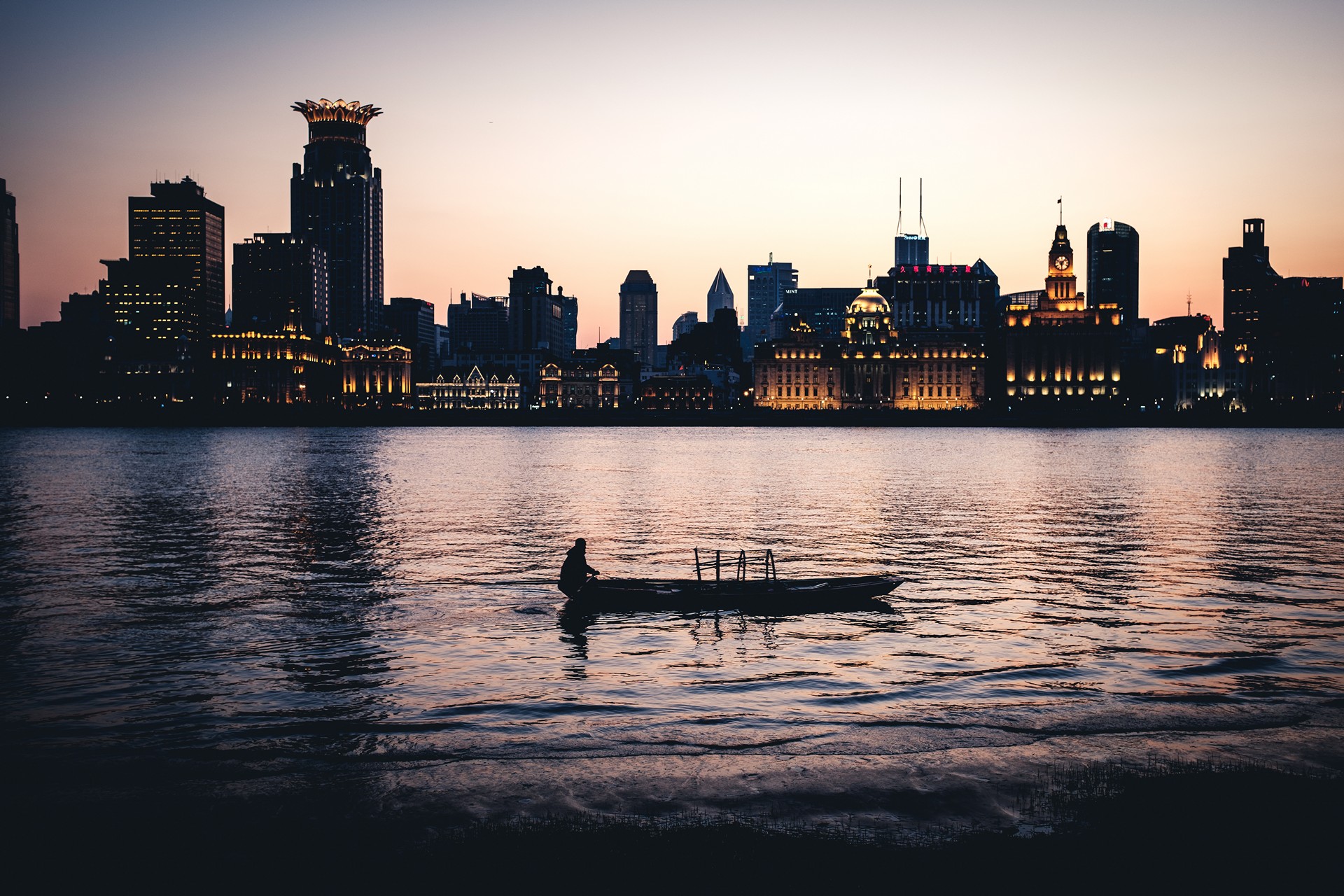
Good luck to that SLR user trying to photograph a delicate classical music performance: with Fuji’s electronic shutter I can be inches away from somebody and still not disturb them with any noise. It has some disadvantages when photographing under certain kinds of lighting or fast moving subjects, but on the whole it works like a dream.
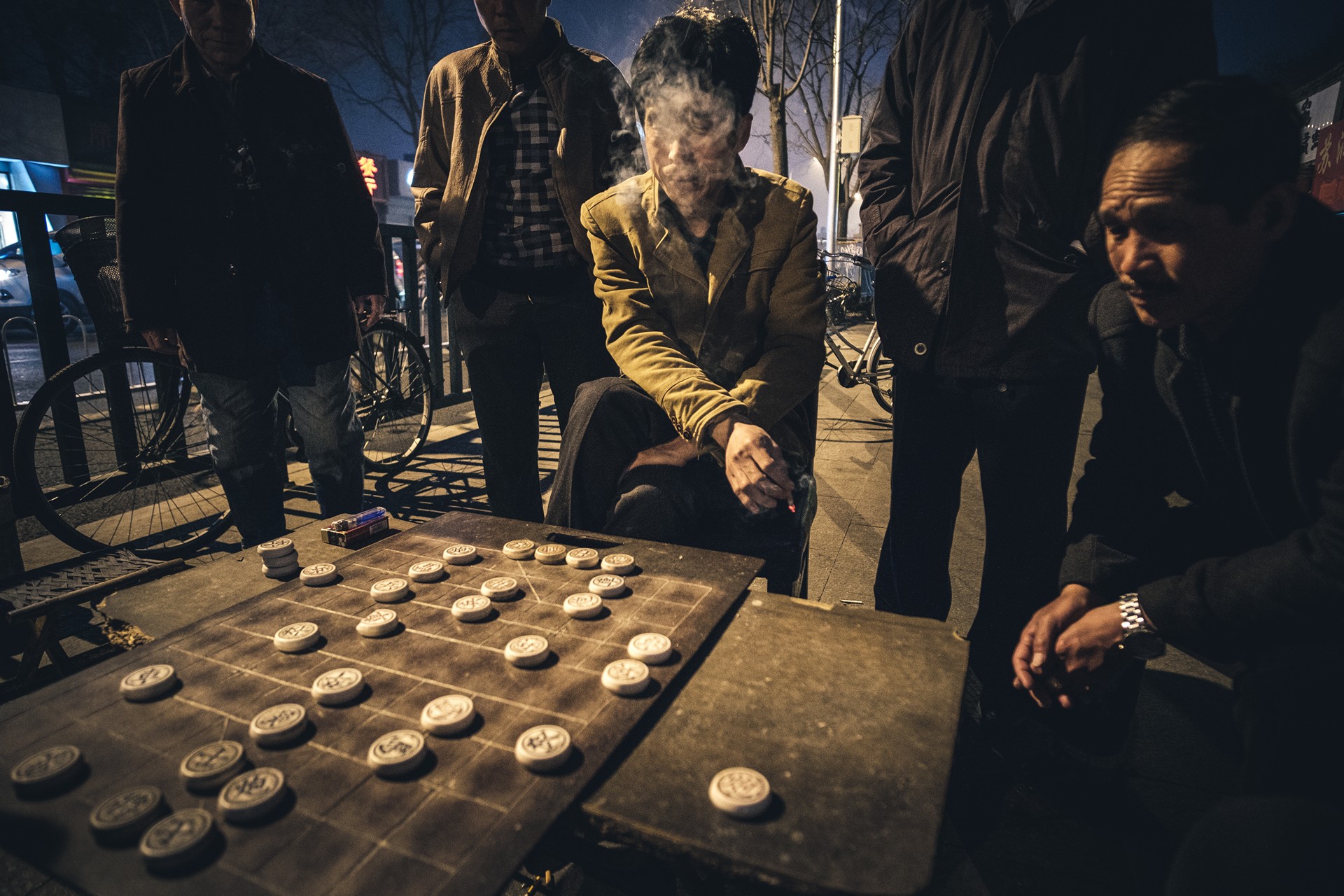
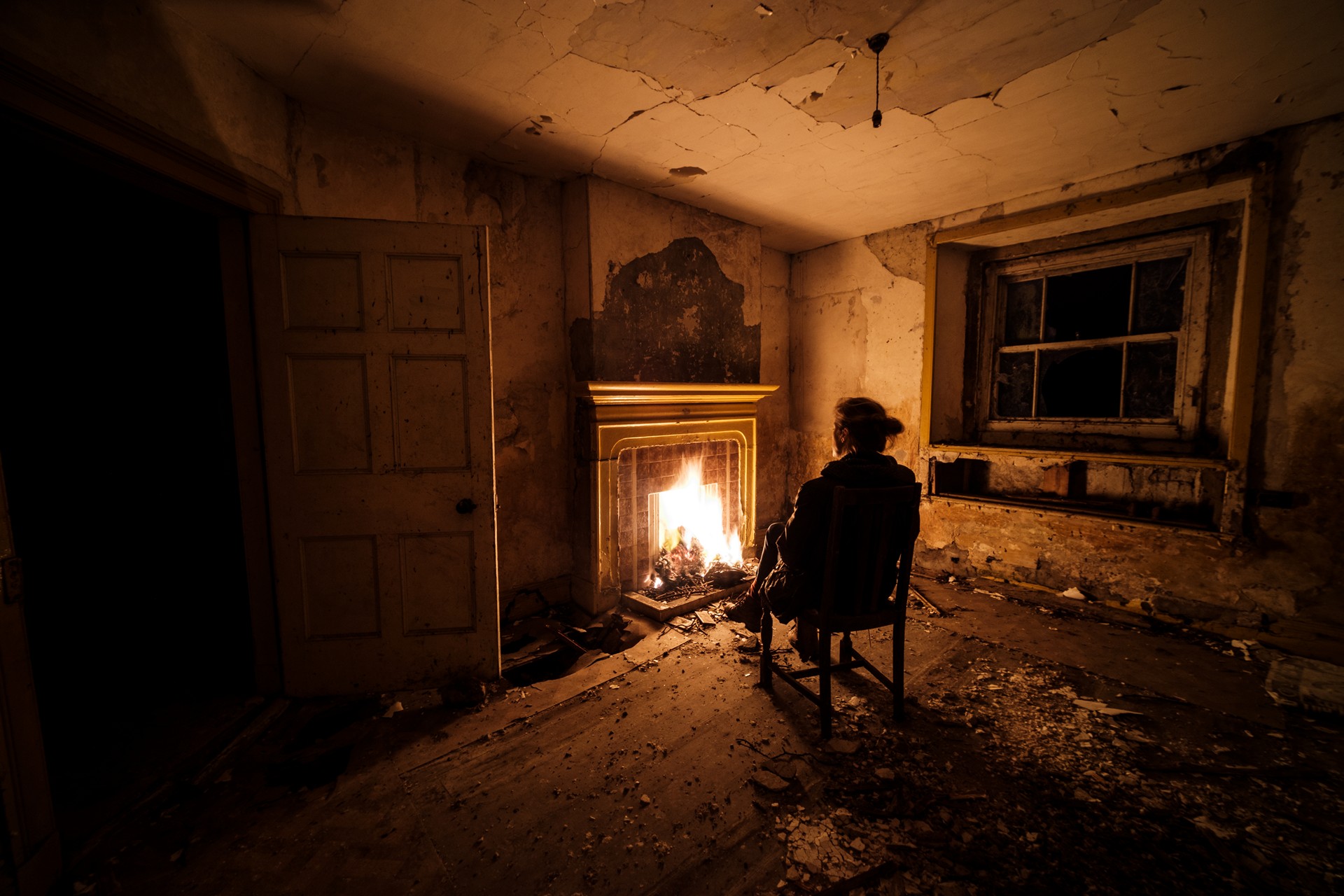
Build quality of all of my Fuji gear has been more than adequate. I’ve had a few minor issues over the years but given the amount of use my gear gets, statistically acceptable. My X-Pro2 in particular, purchased in 2016 when it came out, has been used almost daily since, and looks like it has been through hell and back. And it has: I treat my gear with great respect and look after it, but I don’t coddle it: it gets used, and I expect it to perform, whether that’s in the Arctic at -30 Celsius or down a wet and muddy Yorkshire cave. It has never missed a beat, after what I think is roughly 250,000 shots.
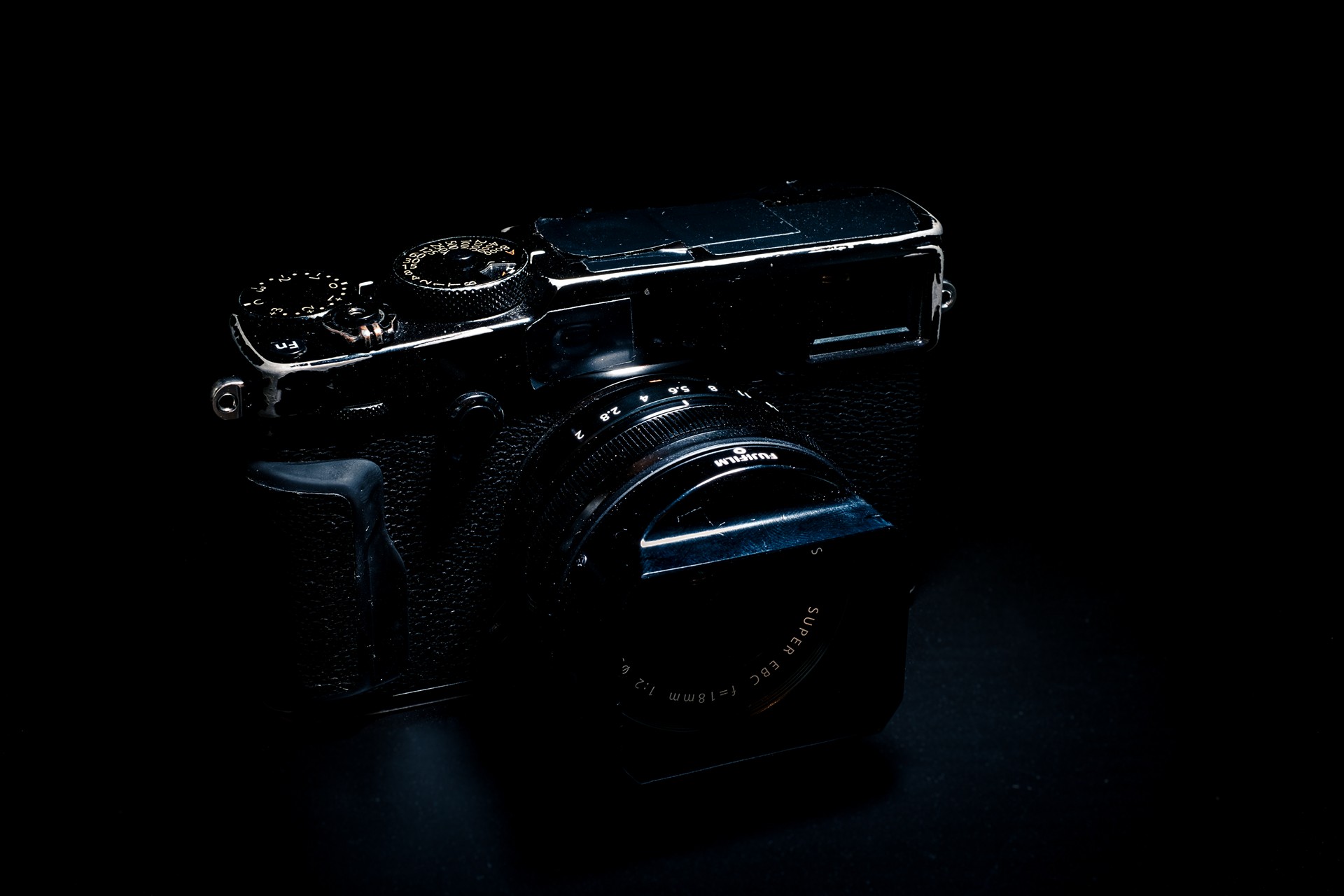
The lens lineup is impeccable, catering for absolutely everybody. From the classic primes with their incredible image quality, through to specialist lenses like the 100-400mm. My bag, for personal stuff at least, usually has the 12mm f2 Samyang (a wonderful underrated lens), X100F (23mm) and 35mm f1.4.
With that trinity I find there isn’t much I can’t do, and if I think I can’t it’s usually just because I’m not thinking creatively enough. Looking back through my photos I tend to notice that many of my favourites are with the 12mm: that old adage from Robert Capa of “if your photographs aren’t good enough, you aren’t close enough”. Getting in close with the 12mm can bring some real drama.
More than that, I prefer wide lenses on a philosophical basis as they can provide context: a close portrait of somebody with the 56mm f1.2 can be a lovely thing to behold, but it is very unlikely to have the context that a wider lens will provide. Putting subjects in context is certainly important in my approach to photography.
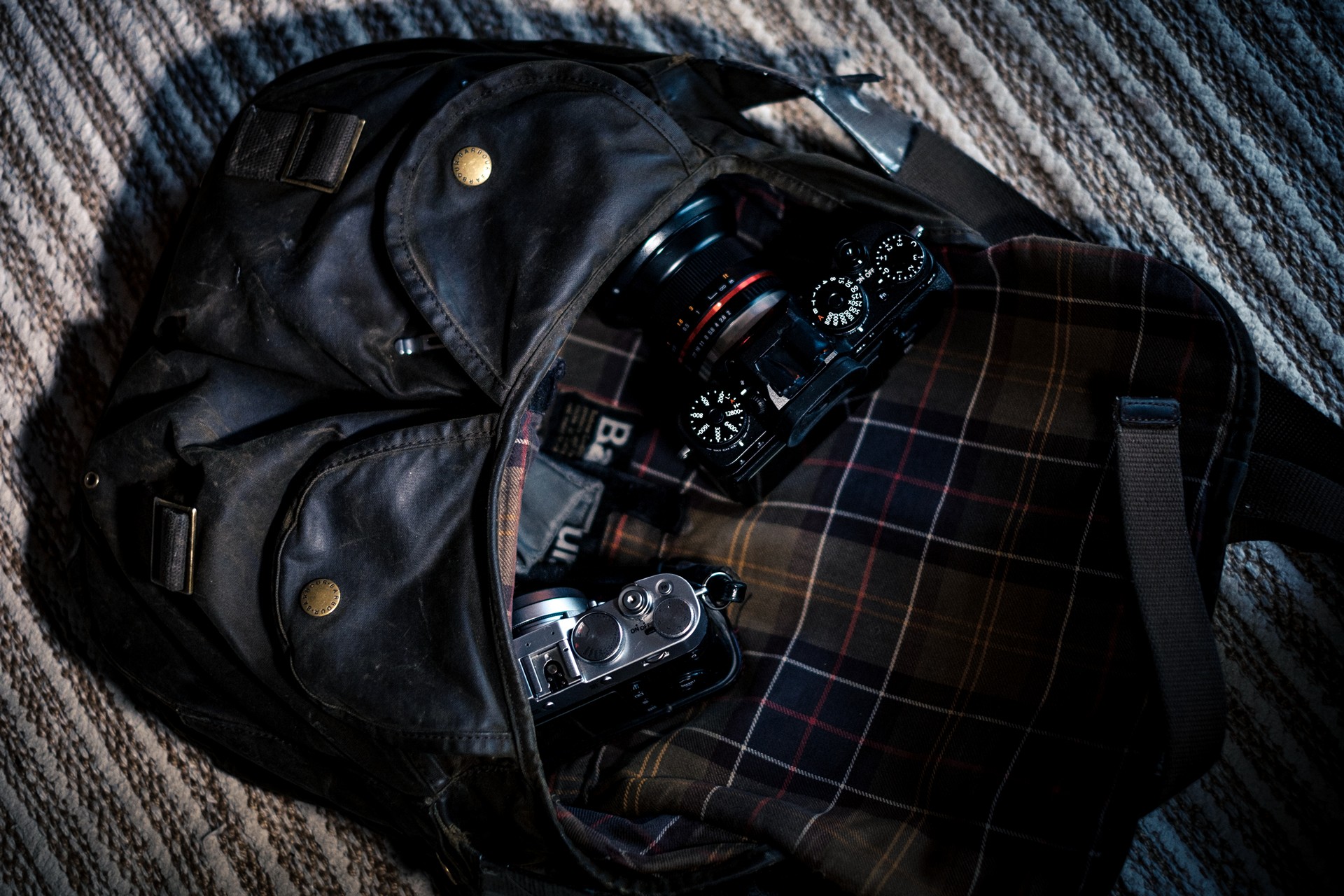
So what of image quality? All of the above is meaningless unless the gear actually produces decent photos, right? Well, as everybody who has ever picked up a Fuji camera knows, there is something quite special about the images they produce. Are they the best sensors? No. Do they give images a real sense of life? Yes. Fujifilm cameras don’t tend to be owned by obsessive pixel peepers, but people who want a tool to create interesting and exciting imagery.
It always amuses me when people talk of a “professional” camera. There is no such thing. The photographer is the professional, not the camera. A good photographer (professional or otherwise) can do wonderful things with the most primitive gear, whereas a bad photographer (professional or otherwise) cannot produce anything even with the most expensive.
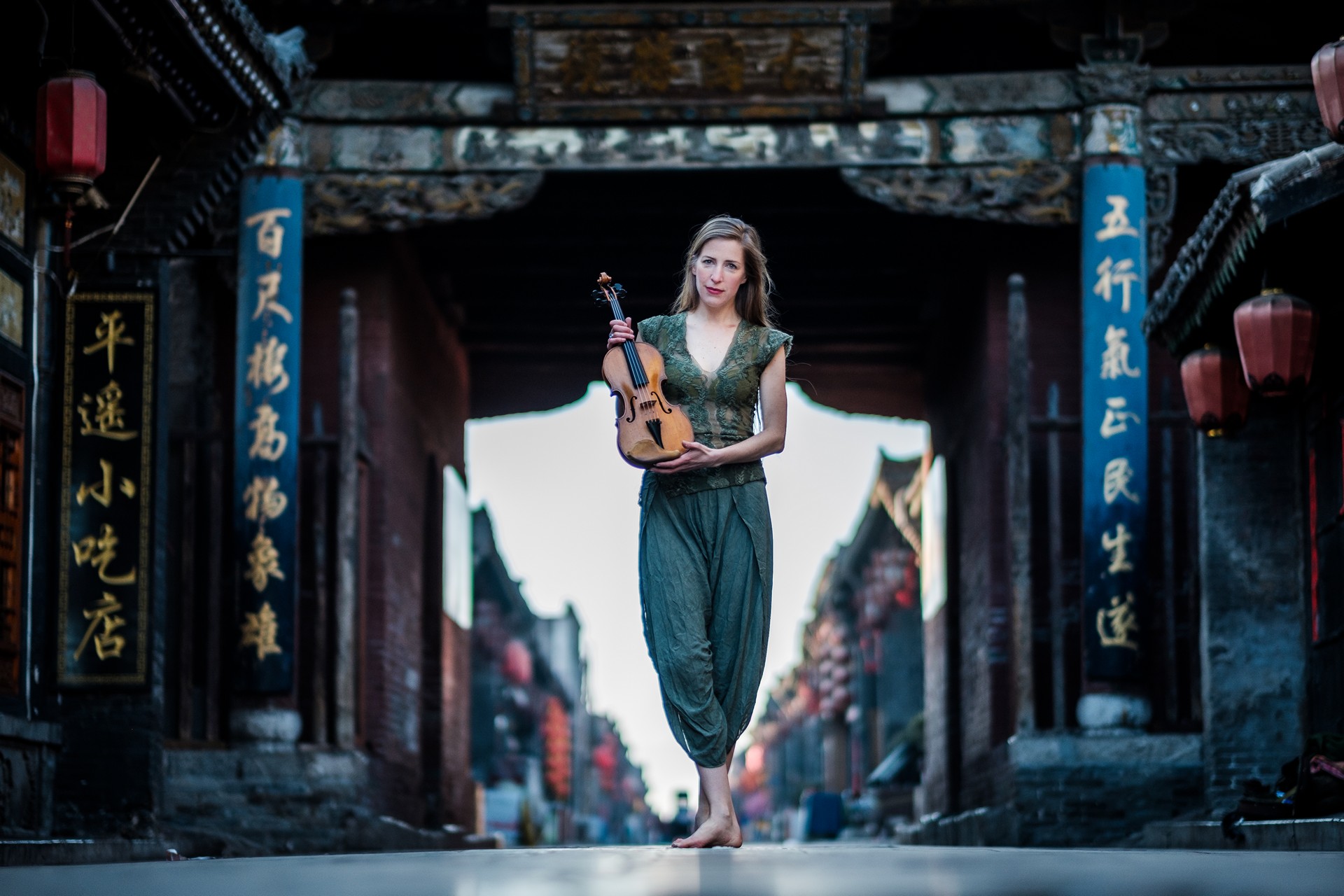
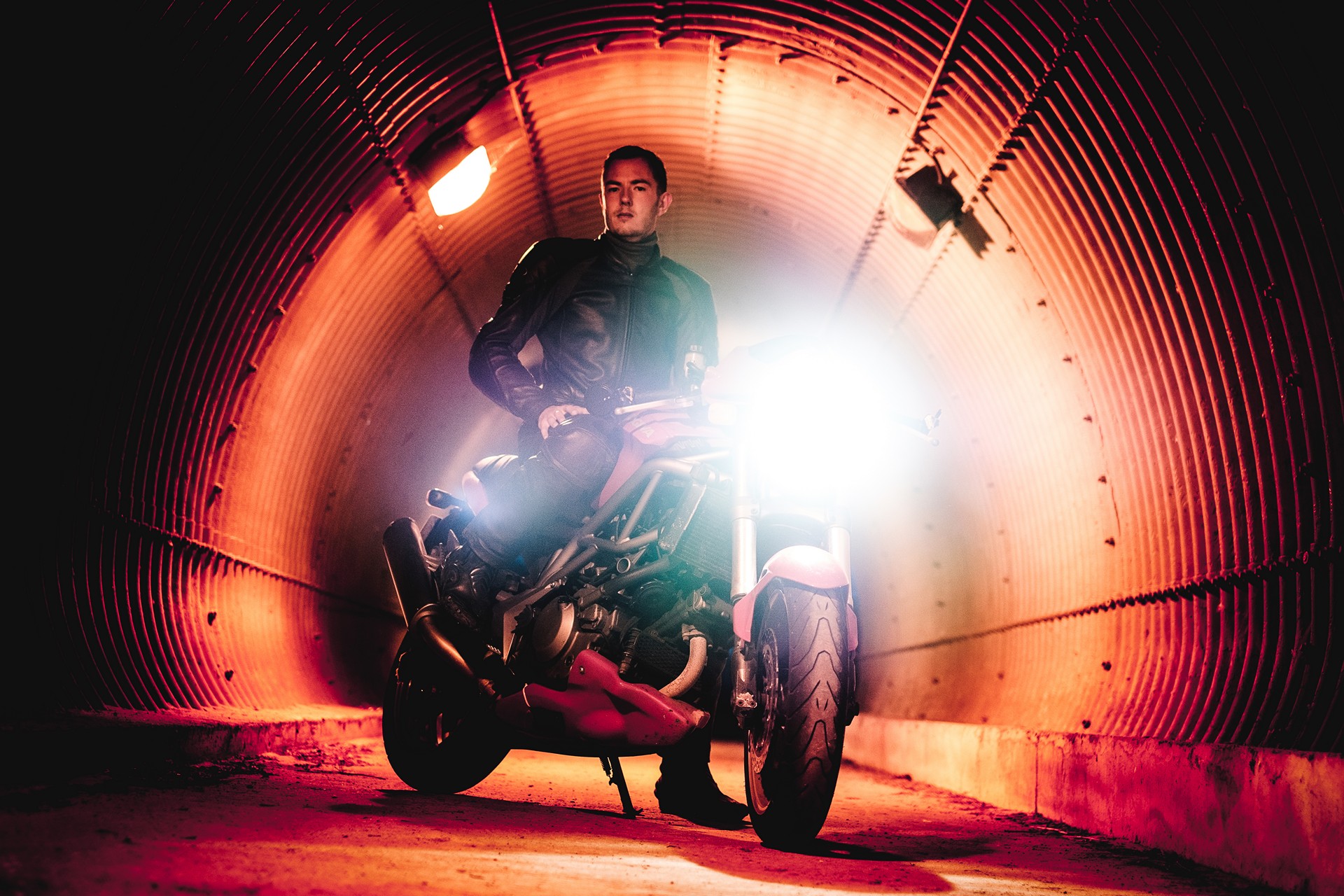
I don’t exclusively use the Fuji gear: very occasionally, if I need to travel super light or I just feel like a bit of a change, I will use my Pentax Q7 for personal stuff. A hugely underrated little camera system (the smallest interchangeable lens system ever made), it is fun and capable of taking great photos. It would be brilliant if Pentax one day updated the sensor from its 2013 technology, as it still has a loyal following of shooters who know that sensor size isn’t the prime requirement in taking a good shot.
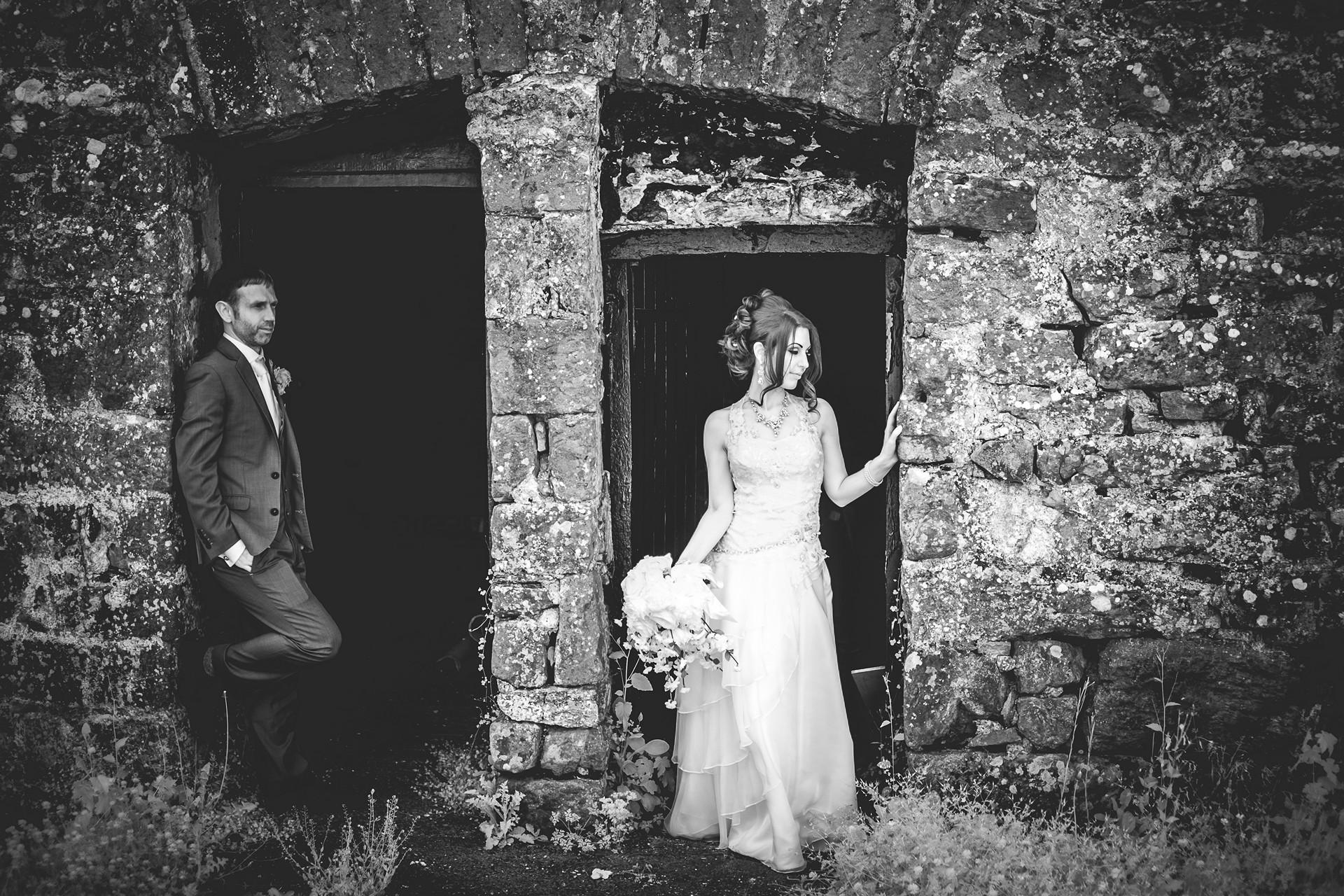

Speaking of compact gear: a wonderful find for the photographer who likes to travel light (and that’s probably most Fuji users) was the GPD Pocket 2. An extremely mini Windows 10 laptop that doesn’t sacrifice on power or build quality: it can be slipped in a pocket (a fairly big pocket) but has a good processor and up to 8GB of RAM. Absolutely ideal for working on the go: Lightroom works very well with it.

And finally, that intangible benefit of Fuji: they are cameras that are simply a pleasure to use. Given a choice between a couple of Canon 5Ds and fancy lenses, or an X-E2 and 35mm f1.4, I know what I would choose. Fujifilm cameras encourage creativity and spontaneity, and that’s definitely something to be celebrated.
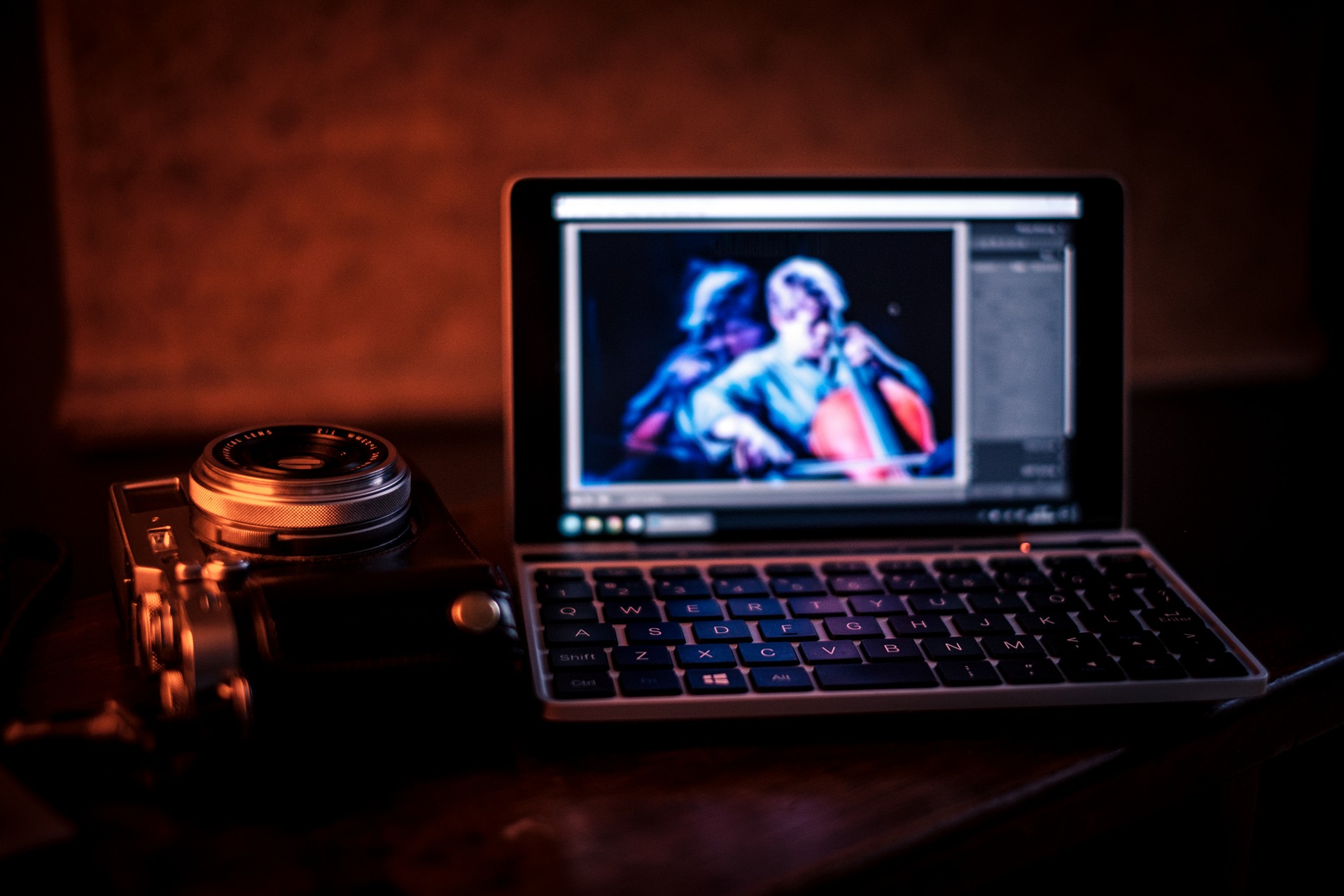
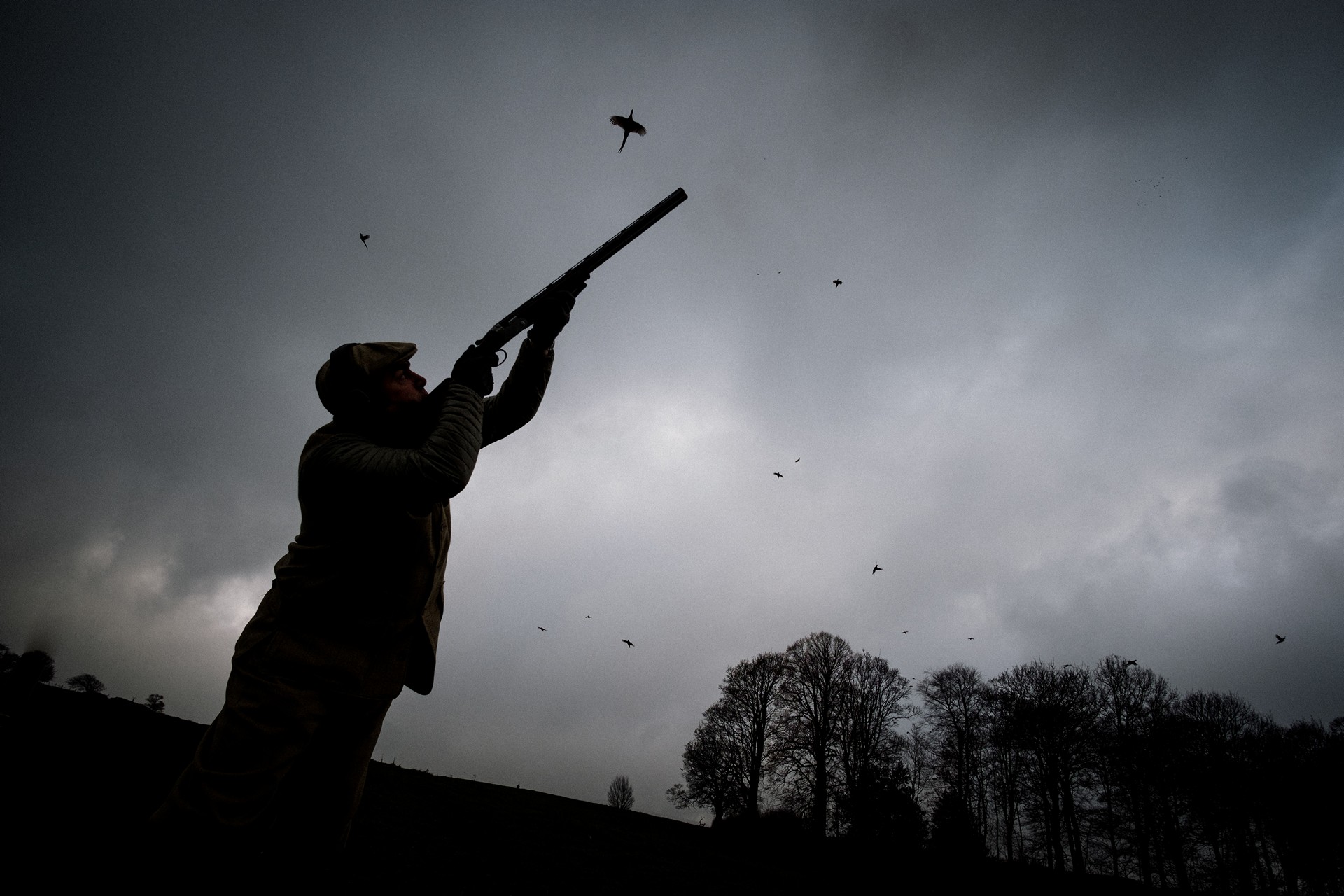

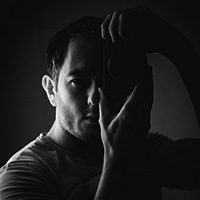
“I am Guy Carpenter, a photographer based in North East England. I shoot quite a lot of weddings, commercial projects, and music events. What I most enjoy though is just getting out and about with my cameras to capture life happening. I like that sense of capturing history in everyday life, a task which photography is uniquely suited to.”

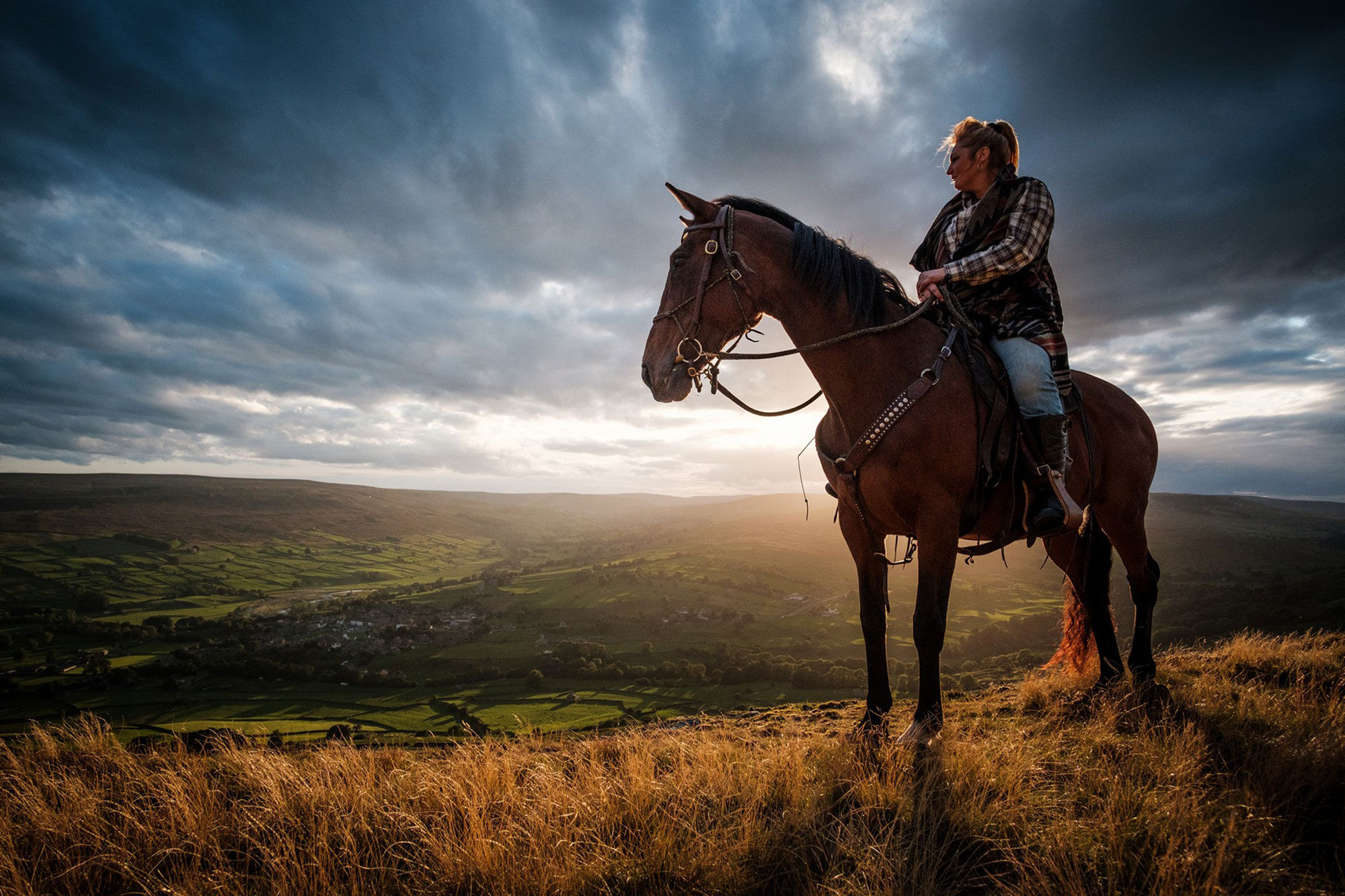



Ale
February 21, 2023 @ 1:16 am
Image quality of Fujifilm camera (and the look) is worse than a phone’s. I’ve been looking for a reason to keep my X-T3, but I can’t justify keeping it anymore. Yes, it’s a cool looking camera and yes the dials are nice, but the files lack that pop; it lacks that natural clarity that happens on the sensor. Pretty much every photo in this article, while the composition and exposure are good, they would probably look better if taken with some phones. And I can’t stand taking pictures with a phone. It’s a dumb concept. But when a camera with a large sensor takes worse quality photos than a phone, I wonder why I should spend thousands of dollars on that system.
Joaquin
June 11, 2024 @ 4:53 pm
You are out of your mind or just trolling. If the system isn’t for you just say that. Calling it worse than a phone camera is just nonsense though.
Ale
June 11, 2024 @ 5:58 pm
Fanboy’s feelings are hurt, so I must be a troll.